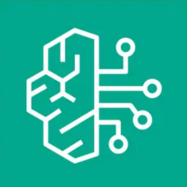The bipolar structure of modern IT architectures is increasingly influencing the digital transformation paths of companies operating in the banking sector. On the one hand the mostly legacy back office systems, on the other hand the modern digital touchpoints that have to be constantly synchronized in as real time mode as possible in order to guarantee the user an experience that meets his or her needs as much as possible, putting a definitive end to the differences between services offered on-site and online.
In order to be able to guarantee its customers these omnichannel experiences, BNL launched a project in 2020 to build a platform capable of reading data from the legacy once in real time mode and then aggregating and consolidating it into continuously updated views that can be consumed by front-end applications.
The new platform built in collaboration with Quantyca has made it possible to make available and expose mainframe data (IBM Db2) to open banking systems, obtaining a constantly updated view of the customer (master data, account movements, products purchased, KYC, …), and drastically reducing the updating time of digital touchpoints, while at the same time lowering the workloads borne by the legacy and reducing the impacts, and therefore the costs, in terms of MIPS.




























